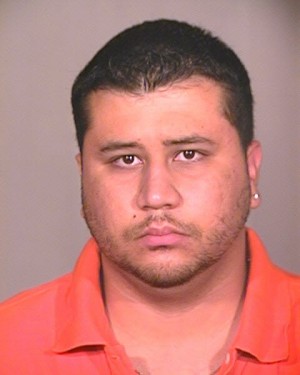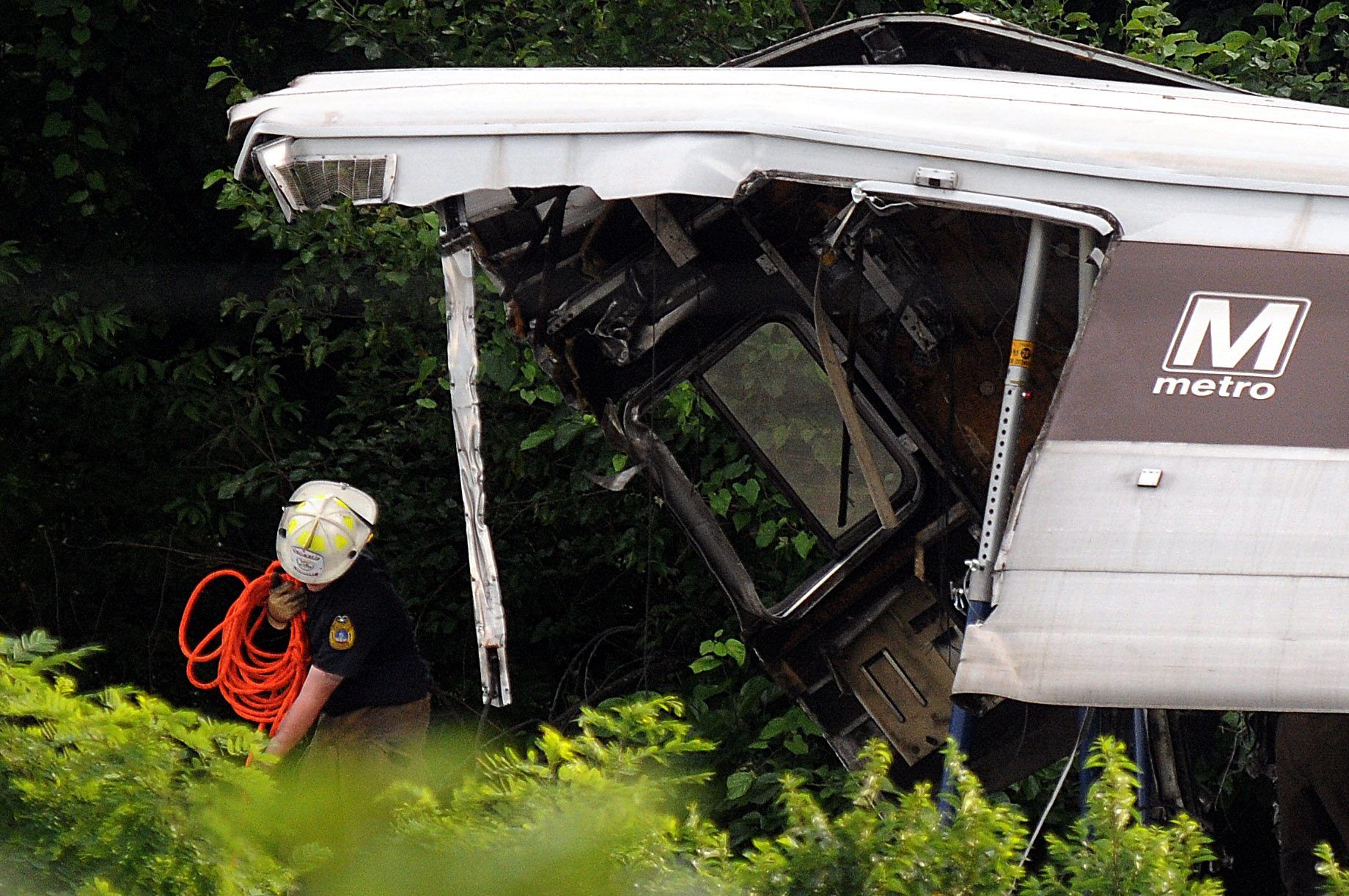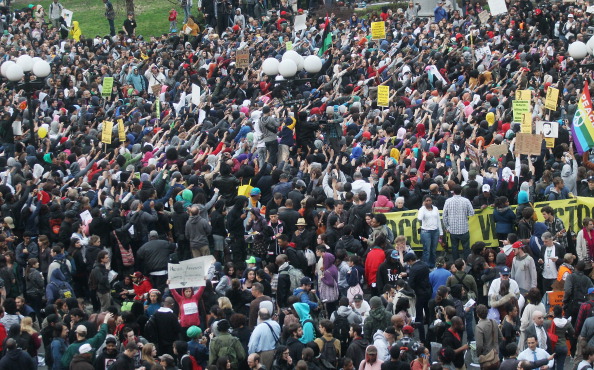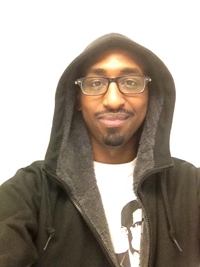
Courtesy of Orange County Jail
A 2005 photo of George Zimmerman.
Race looms large in the story of Trayvon Martin, a black Florida teenager shot and killed by Neighborhood Watch volunteer George Zimmerman. Zimmerman claimed self-defense in the Feb. 26 incident and hasn’t be charged with a crime. The lack of charges have led to nationwide protests by those who believe Zimmerman would have been charged had Martin not been black.
But how much does the race of the shooter matter in the story? Zimmerman’s father is identified as white and his mother as Hispanic. Many believe Zimmerman racially profiled Martin, but Zimmerman’s family has used his ethnic heritage as a defense against such claims.
A number of you weighed in on the role of race in the story and the complexity of racial identity for Hispanics, who are considered a minority group in the United States. C_vs writes that Hispanic is an ethnicity, referring to “people of various backgrounds who are united by the Spanish language and Latin-American culture.” But Hispanics can be of any race.
Laribos writes that the Martin case highlights the need for more nuanced ways to identify Hispanics:











